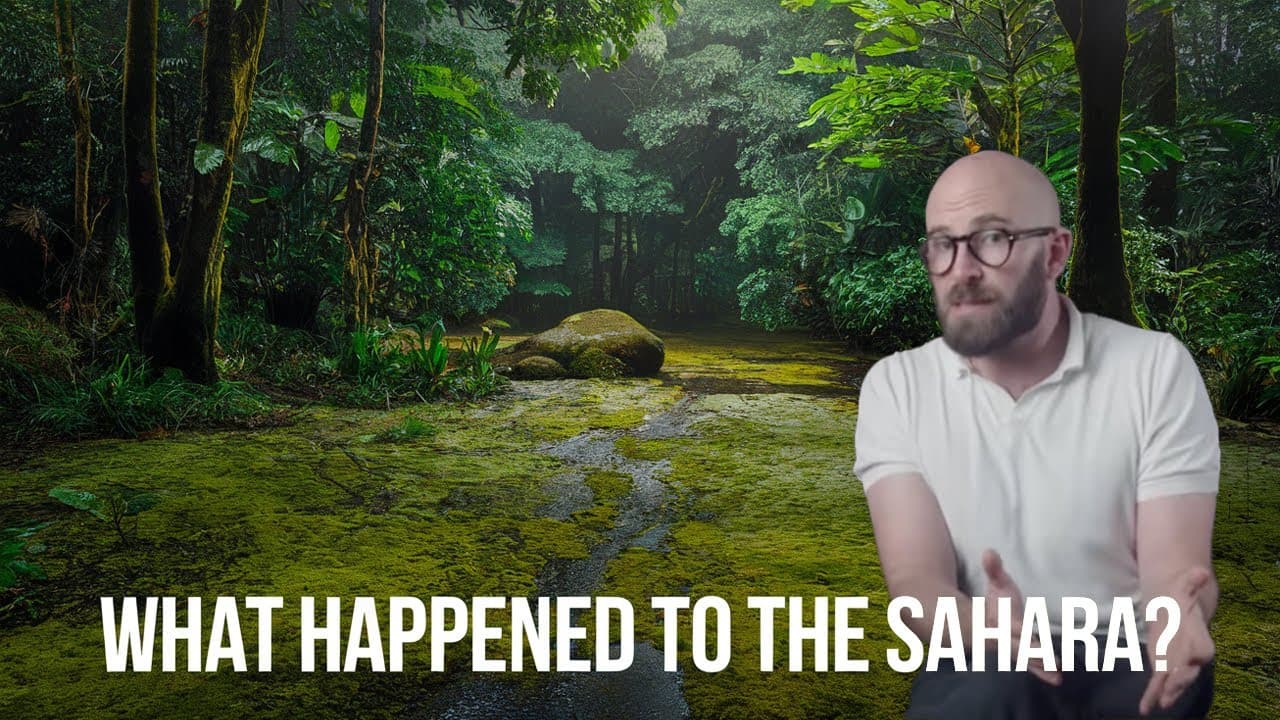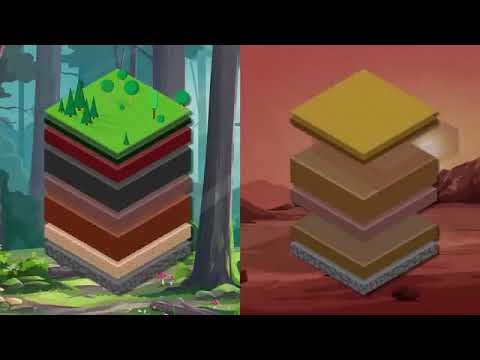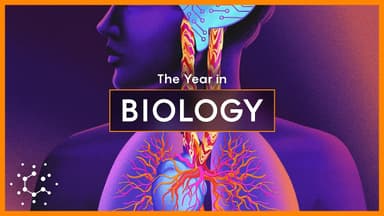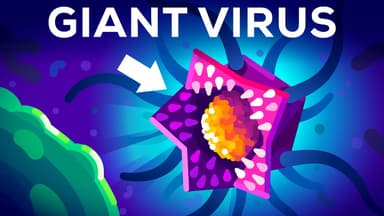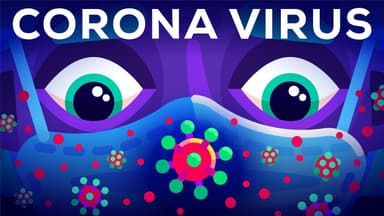Exploring 100 Science Facts
I never imagined that delving into science would reveal such a vast array of hidden wonders, from the microscopic to the cosmic, each fact unraveling the intricate rules that shape our universe and sparking curiosity about the mysteries that govern life itself.
TL;DR
I started with underwater lava forming pillow shapes, a clue to Earth's ancient oceans that hints at how geological forces still shape our planet today.
Then I learned about caterpillars dissolving into soup during metamorphosis, a dramatic transformation that builds suspense around nature's adaptive surprises.
Next, sloths' energy-saving grips revealed clever survival tactics, adding insight into how animals thrive in harsh environments despite their vulnerabilities.
Finally, I uncovered mitochondria's bacterial origins and the risks of holding liquid nitrogen, tying together themes of ancient evolution and modern dangers in a web of scientific intrigue.
I remember the moment I first realized science isn't just about equations and labs; it's about exploring the hidden rules that govern everything from our cells to the stars. Starting with number one, I was fascinated by how underwater lava creates pillow shapes when it erupts at mid-ocean ridges, cooling rapidly in cold ocean water to form rounded, bulbous structures. This not only showcases geological processes but also provides clues to Earth's history, like the ancient greenstone belts in Greenland that suggest liquid water existed over three billion years ago.

Moving on, I delved into the radical transformation of caterpillars, where they break down into a cellular soup inside a chrysalis before reorganizing into butterflies. Imaginal discs survive the liquefaction, guiding the reconstruction of wings, eyes, and other parts, a process that highlights nature's incredible adaptability. Then, I learned about sloths, whose hands naturally clench when relaxed, allowing them to hang effortlessly from trees and save energy in a predator-filled world.
Scientific Phenomena and Risks
One fact that stood out was how you can hold liquid nitrogen in your mouth due to the Leidenfrost effect, where a vapor layer insulates the liquid from heat, though it's dangerously risky as a 1997 incident showed. I also discovered that mitochondria have their own DNA, supporting the endosymbiotic theory that they were once free-living bacteria integrated into our cells billions of years ago. This DNA is maternally inherited and crucial for energy production, offering insights into human evolution and migrations.

Lightning can be positive or negative, with the rarer positive strikes being far more powerful, up to 300,000 amps, and often causing significant damage. Venus flytraps count touches on their hairs before snapping shut, ensuring they don't waste energy on false alarms, a clever adaptation for nutrient-poor soils. During World War II, urine was recycled to extract penicillin, an innovative move that saved lives despite its unappealing nature.
Animal Adaptations and Mysteries
Narwhals can have two tusks, rare elongated teeth that might sense water changes, adding to their mythical allure. Cheetahs face genetic issues from inbreeding, leading to health problems that threaten their survival, a stark reminder of biodiversity's fragility. Four elements—yttrium, ytterbium, erbium, and terbium—are named after Ytterby, Sweden, highlighting how mining discoveries shaped chemistry.

Bloodworms have copper-infused teeth for strength and venom, while black holes can form from light alone through immense energy density. A single neuron can connect to over 10,000 others, underscoring the brain's complexity. Pistol shrimp snaps create temperatures nearly as hot as the sun, using cavitation for hunting and defense.
Stromboli volcano has erupted continuously for thousands of years, offering mild yet mesmerizing displays, and nearly all vertebrates yawn, possibly as an ancient alert mechanism. Lake Tanganyika boasts unique endemic species, while bird poop nearly derailed the discovery of cosmic microwave background radiation. Earth's coal mostly formed during the Carboniferous period from ancient swamps, and bismuth is weakly radioactive yet safe for use.
Some viruses are larger than bacteria, and St. Elmo's fire creates glowing plasma on ships. The moon's dark spots are ancient lava lakes, and neutrinos constantly pass through our bodies without interaction. These particles can change flavors, and there's a disorder causing face blindness due to brain damage.
Human and Planetary Insights
Gallium melts in your hand, and there might be eyeball-like planets tidally locked to their stars. Some fish recognize themselves in mirrors, showing self-awareness, and the liver performs over 500 functions. Cuttlefish communicate with color-changing skin, and the ISS orbits Earth every 90 minutes, experiencing 16 sunrises daily.
A massive water reservoir exists in space, and bloodworms have copper teeth. Black holes from light and the brain's connections highlight cosmic and neural wonders. Tick bites can cause meat allergies, and the Casimir effect generates force from empty space.
Beetles dominate animal species, tumors can grow teeth, and lost weight is exhaled as CO2. There's an opposite to the placebo effect, and 10 nonillion viruses exist on Earth. Antarctica has red waterfalls and holds most fresh water, while brain surgery can be done awake.
Most volcanic activity is underwater, chimpanzees self-medicate, and mosquitoes use six needles to bite. Chimpanzees have more bacteria than human cells, and the sun will become a white dwarf. Mars has blue sunsets, and cosmic rays produce antimatter in our atmosphere.
These facts left me in awe of science's depth, from everyday curiosities to cosmic events, each revealing how interconnected our world truly is.
As I reflect on these discoveries, they underscore the endless surprises in science, reminding us that understanding these phenomena could unlock future innovations and deepen our appreciation for the universe's complexities.
Key Takeaways
Underwater lava and animal adaptations highlight Earth's dynamic history and survival strategies.
Scientific phenomena like the Leidenfrost effect and neutrino behavior reveal hidden forces in nature.
Human biology and cosmic events, such as brain functions and the sun's fate, emphasize our place in the universe.
